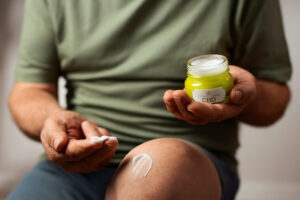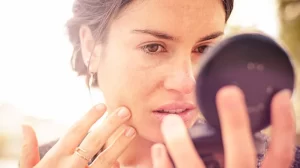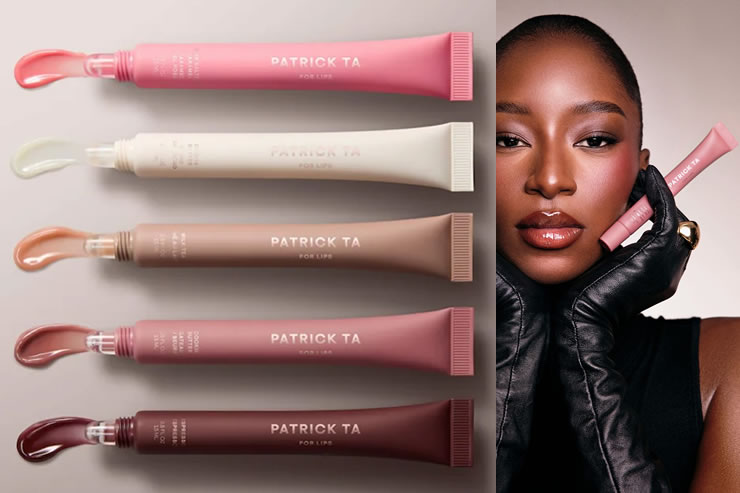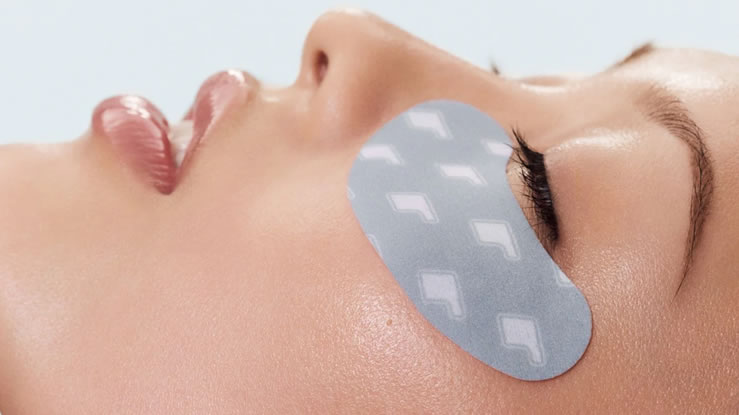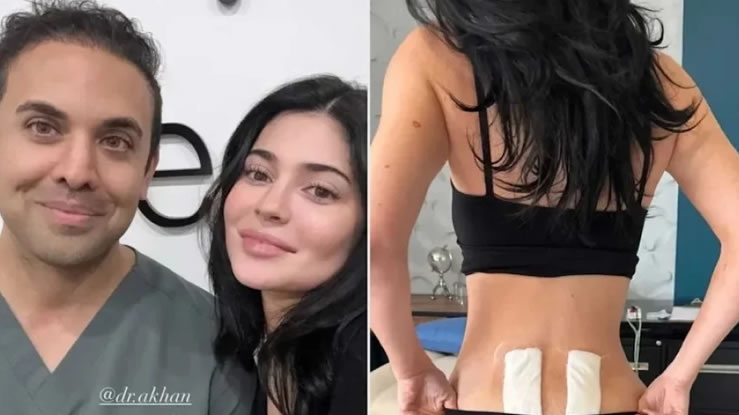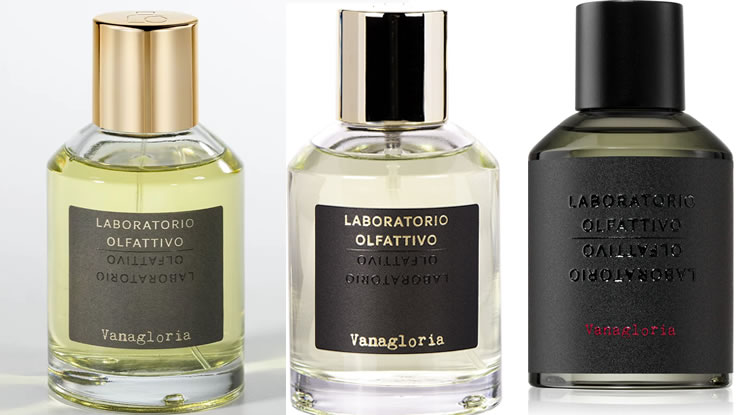Fat grafting, also known as fat transfer or lipofilling, is one of the most popular ways to enhance your face or body naturally. By using your own fat instead of synthetic fillers or implants, it promises subtle, long-lasting, and natural-looking results. But one of the most common questions people ask before getting this treatment is: How long does fat grafting last?
The short answer is fat grafting can last for many years, and in some cases, permanently. However, its longevity depends on several factors, including your body type, the surgeon’s technique, and how you care for your body afterward. Let’s explore everything you need to know about how long fat grafting lasts, how it changes over time, and what you can do to make your results last as long as possible.
What Is Fat Grafting?
Fat grafting is a cosmetic procedure that involves taking fat from one part of your body usually the thighs, abdomen, or hips and transferring it to another area that needs more volume or contouring. The process consists of three stages: fat harvesting (liposuction), fat purification, and fat reinjection.
It’s often used for:
-
Restoring volume to the face
-
Enhancing the breasts or buttocks
-
Correcting contour irregularities
-
Improving scars or skin quality
Because it uses your own fat, the results are more natural than synthetic fillers or implants. Plus, there’s a double benefit: removing fat where you don’t want it and adding it where you do.
How Long Does Fat Grafting Really Last?
Fat grafting results can last for many years—often permanently—because once the transferred fat establishes a blood supply, it becomes a living, integrated part of your body. However, it’s important to note that not all of the transferred fat survives.
On average, about 60–70% of the fat cells survive after grafting, while the remaining 30–40% are naturally reabsorbed by the body in the first few months. Once the surviving fat cells are stable, they remain for years sometimes decades just like fat in other parts of your body.
So, while you may lose a bit of volume initially, what remains after full healing (about 3–6 months) is typically permanent.
The Longevity Timeline of Fat Grafting
Here’s a general breakdown of what happens after fat transfer surgery:
Week 1–4:
You’ll experience swelling and bruising in both the donor and grafted areas. The injected areas may appear fuller than expected—this is partly due to swelling and partly intentional overfilling by the surgeon to compensate for fat loss during the healing phase.
Month 2–3:
Some of the fat is reabsorbed by your body, and swelling starts to reduce. The area will begin to take on a more natural contour.
Month 4–6:
By this time, the surviving fat has established a blood supply. The final results start to stabilize.
After 6 Months:
What you see now is what you keep. The surviving fat is there to stay and will behave like any other fat in your body gaining or losing volume if you gain or lose weight.
What Affects How Long Fat Grafting Lasts?
The longevity of fat grafting results varies from person to person. Here are the key factors that determine how long your results will last:
1. Surgeon’s Technique
The experience and skill of your surgeon are crucial. Proper fat harvesting, purification, and reinjection techniques ensure more fat cells survive. When done with precision using microinjections and layering methods the results are smoother, more even, and longer-lasting.
2. Fat Handling
The way fat is handled after liposuction impacts its survival rate. Fat that’s exposed to too much air or processed too aggressively may have damaged cells that won’t survive transfer. High-quality purification and careful handling are key to longevity.
3. Recipient Area
Different parts of the body have different fat survival rates. For instance, fat grafting in the face often lasts longer because of the rich blood supply, whereas larger areas like the buttocks or breasts may have slightly less predictable results.
4. Post-Operative Care
How you care for yourself after surgery significantly impacts how well the fat integrates. Avoiding pressure on the treated areas (especially for procedures like the Brazilian Butt Lift) helps preserve the new fat cells.
5. Weight Fluctuations
Since the transferred fat behaves like normal fat, gaining or losing weight after the procedure can change your results. A stable weight is essential to maintain long-term outcomes.
6. Lifestyle and Health
Healthy habits—like a balanced diet, not smoking, staying hydrated, and exercising moderately support good blood flow and cell survival. Smoking, on the other hand, restricts circulation and may cause more fat loss over time.
Area-by-Area Longevity Breakdown
Facial Fat Grafting
Facial fat grafting results can last up to 10 years or longer. Once the fat establishes a blood supply, it typically remains stable. Because the face doesn’t undergo large volume changes like other body areas, facial grafts tend to age naturally and gracefully.
Breast Fat Grafting
For breast fat transfer, results last several years sometimes permanently. However, because the breasts can fluctuate with hormonal changes and aging, some volume variation may occur over time.
Brazilian Butt Lift (BBL)
Results from a BBL can last 5 to 10 years, depending on your weight stability and lifestyle. The fat that survives is permanent, but future weight gain or loss will affect the overall shape.
Hand and Body Contouring
Fat grafting in hands and other contour areas (like hips, calves, or thighs) typically provides long-lasting volume enhancement. Maintenance sessions are rarely needed unless there’s significant reabsorption or weight change.
Is Fat Grafting Permanent?
Yes—and no. The fat that survives is permanent, but since not all transferred fat cells survive, the final result is a combination of the initial transfer and your body’s healing response.
Once the body stabilizes, the remaining fat cells behave just like any other fat cells in your body. They’ll enlarge if you gain weight and shrink if you lose weight. This means your long-term results are directly tied to maintaining your current body composition.
Can Fat Grafting Be Redone?
Yes. Many patients choose to have a second fat grafting session to enhance or fine-tune their results. Because some fat is naturally absorbed during the first treatment, a touch-up session ensures optimal volume and symmetry.
Repeat sessions are common for large volume enhancements especially for breast or buttock augmentation to achieve the desired fullness.
How to Make Fat Grafting Results Last Longer
Here’s how you can improve fat survival and enjoy your results for years to come:
-
Follow Post-Op Instructions Carefully
Avoid putting pressure on the grafted area, follow sleeping guidelines, and wear compression garments as advised by your surgeon. -
Maintain a Stable Weight
Significant weight loss can reduce fat cell size, while weight gain can distort results. Try to maintain your pre-surgery weight for consistency. -
Eat a Nutritious Diet
Foods rich in antioxidants, vitamins, and healthy fats help tissue healing and cell survival. -
Stay Hydrated
Hydration aids circulation, which is vital for fat cell survival. -
Avoid Smoking and Alcohol
Smoking constricts blood vessels, reducing oxygen flow to the new fat cells. Limiting alcohol also supports better healing. -
Be Patient
Full results can take up to six months. Avoid judging your final look too soon, as your body needs time to adjust and heal.
Fat Grafting vs. Dermal Fillers Longevity
| Treatment | Material Used | Duration | Best For | Cost (Approx.) |
|---|---|---|---|---|
| Fat Grafting | Your own fat | Permanent (60–70% survival) | Face, breasts, buttocks, hands | Higher initially, long-term value |
| Dermal Fillers | Hyaluronic acid or synthetic filler | 6–18 months | Fine lines, lips, cheeks | Lower cost, needs maintenance |
In short, while fillers offer quick, temporary results, fat grafting is a long-term investment in natural beauty.
Advantages of Fat Grafting Longevity
-
Natural feel and look
-
Permanent fat survival after 3–6 months
-
Low maintenance (no repeated injections like fillers)
-
Simultaneous contouring benefit through liposuction
Potential Drawbacks
-
Some fat resorption (30–40%)
-
Results can vary per person
-
May require multiple sessions for best outcome
However, when performed by an experienced surgeon and supported with proper care, the results are both durable and rewarding.
Future of Fat Grafting Longevity
With the rise of stem-cell-enriched fat grafting, the future looks promising. Researchers are studying ways to enhance fat survival rates by enriching grafts with stem cells, which improve blood flow and tissue integration. Early results suggest longer-lasting and more predictable outcomes.
Fat grafting isn’t just a cosmetic trend it’s a revolution in aesthetic medicine. It provides a natural, safe, and long-lasting way to restore or enhance your features without foreign materials. While results vary depending on the person, most patients enjoy long-lasting improvements that can endure for years, sometimes even a lifetime.
To make your results last, follow your surgeon’s post-care advice, live a balanced lifestyle, and maintain a stable weight. With the right care, fat grafting can offer you beautifully natural results that stand the test of time.



